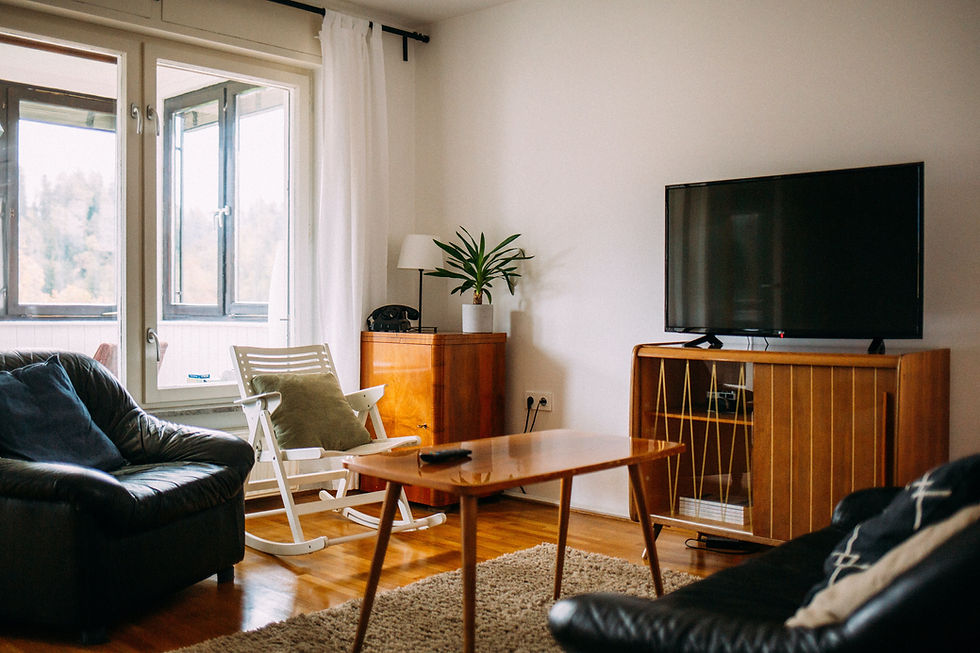Manufacturers are coming out with more, better, and more amazing offerings when it comes to Smart TVs and their capabilities. There has never been a greater selection on the market and navigating this crowded (but fascinating) world can be overwhelming.
Given the average price tag attached to a Smart TV, you also want to be sure that you are buying the right thing, so keep reading for a bit of extra guidance to help you choose the right TV for your needs.

Smart appliances are taking up more and more space in the market, but when it comes down to the kicker, what is the one thing that gives an appliance the right to claim “smartness”? In addition to great quality display and great peripheral tethering abilities, the one thing that makes it smart, is the TV’s ability to connect to the internet.
Size matters!
When you are on the hunt for a new TV, two of the factors that will influence your decision are the size of the screen (referred to as the display) and how thick the TV is. These factors play a large role in the TV’s final destination, as a TV that is disproportionately large for the room in which it is placed, can look silly, and be uncomfortable to look at. The same is true for a TV that is too small for the room, making the dimensions seem awkward and “out”. Both these instances also have a negative effect on the overall appearance of the room.
The size of your budget will also affect the size of the TV you choose, as the larger the physical unit and the better its specs, the higher the price will become.
Up the wall or on the floor
If you buy a unit that can be wall-mounted, you open yourself up to more design and layout options that if you were to only buy a standing model. Mounting your Smart TV on the wall will give you more room for decisions around peripheral technology, like games consoles or speakers.
Think about the layout of your room when you buy a new TV and let your aesthetic planning help you make the decision.

Pretty as a picture
Smart TVs span two display types - LED and OLED. Of the two, OLED is a higher quality option, thanks to the fact that each individual pixel is backlit, which on the receiving end for the viewer comes across as brighter colours and more saturated blacks and shadows. These units are also thinner that their LED counterparts, but the price tag is far higher than that of LED.

LED, while considered to be a “simpler” display type, can still deliver an excellent viewing experience, and should not be written off as an option, particularly when compared to OLED.
Although there are many more options to consider when buying a Smart TV, these basic guidelines should have you well on your way to making the right decisions when starting out on your search.
*Collaborative post*
Comments